Gold price waits for rates clues from Jackson Hole
Political turmoil in the US has the potential to 'help gold in the short and longer term'
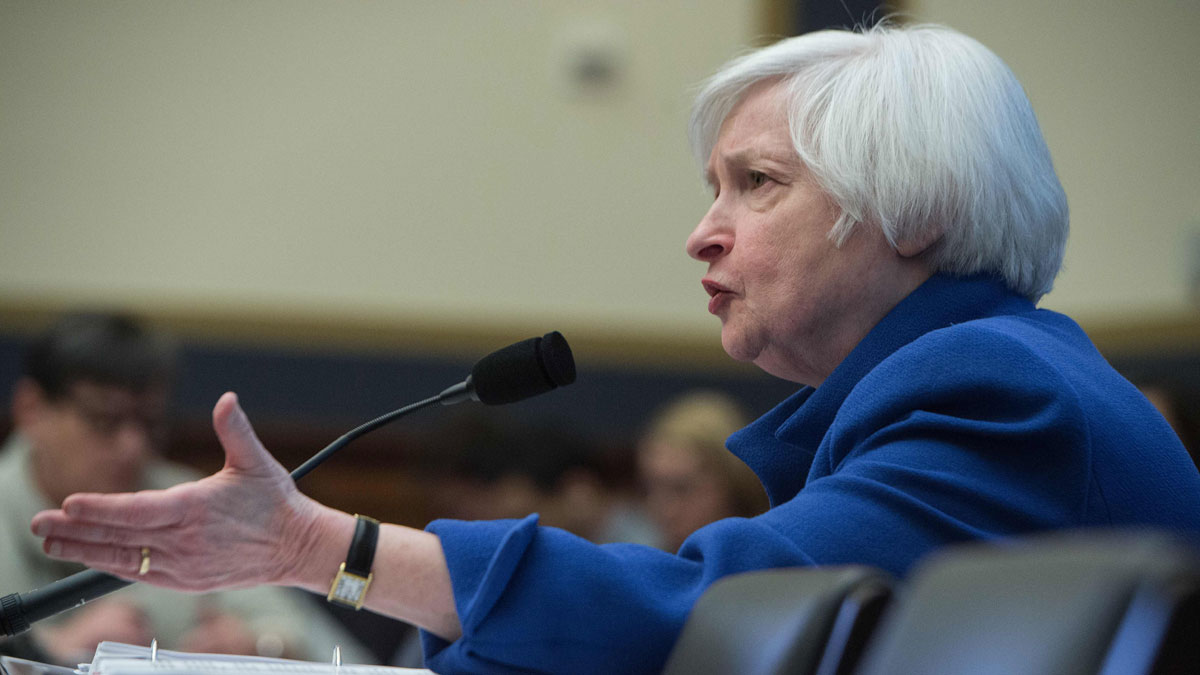
Gold price surges as 'Trump trade' unravels
"Maybe investors should forget the Trump trade and start prepping for the Trump correction," says Robert Burgess on Bloomberg, reporting that Wall Street equity gauges yesterday endured their worst single-day performance since October, with the Dow Jones and S&P 500 both falling well in excess of one per cent.
At the same time, he adds, the dollar is in an "epic slump" and, after five days of decline, is the worst it has been since the election of Donald Trump in November.
"If markets truly believed that Trump's policies would juice the economy and spark faster inflation, then the dollar would be a prime beneficiary," he adds.
The Week
Escape your echo chamber. Get the facts behind the news, plus analysis from multiple perspectives.

Sign up for The Week's Free Newsletters
From our morning news briefing to a weekly Good News Newsletter, get the best of The Week delivered directly to your inbox.
From our morning news briefing to a weekly Good News Newsletter, get the best of The Week delivered directly to your inbox.
On the other hand, "safe haven" investments – assets seen to be a safe store of value in times of stress – are rising, with government debt bonds and gold both "back in vogue".
Gold benefits from a compound effect of the current sentiment shift: in addition to being a noted safe haven, it is inversely correlated to the dollar, against which it is held as a hedge.
As a result, prices rose one per cent to $1,247 an ounce overnight before paring back slightly to $1,245 this morning.
Just a week ago, gold was below $1,200 an ounce as the market priced in expectations, later vindicated, that the US Federal Reserve would increase interest rates.
A free daily email with the biggest news stories of the day – and the best features from TheWeek.com
Gold is also negatively correlated to rates, which increase the opportunity cost of holding non-yielding assets.
The market tremors, after four months of consistent rises and new all-time highs for equities, come amid mounting unrest about Trump's policy agenda.
In addition to having his controversial travel ban rejected by a federal court for a second time, his drive to repeal the so-called Obamacare health legislation is running into a quagmire of Republican division, the Financial Times says.
This is raising doubts among those who had piled into risk stocks in anticipation of promised tax cuts and reforms.
Alan Gayle, director of asset allocation at RidgeWorth Investments, said: "All the time they are spending on healthcare reform, they are not spending on tax reform."
Why did the gold price rally after the Fed raised interest rates?
16 March
Trading usually falls when rates go up, but the metal spiked overnight and is still ahead this morning
The gold price was expected to react badly yesterday after Federal Reserve officials voted to increase interest rates for the first time this year but the second time in three months.
In doing so, says The Times, rate-setters "signalled the end of an era of ultra-low borrowing costs" in the world's largest economy.
As gold does not offer an income and so losing out to yield-bearing assets, it tends to fall during periods of rising interest rates. Increasing rates also usually boost the US dollar, against which the metal is typically held as a hedge.
But in the event, the gold price, which had retreated in the past couple of weeks ahead of the policy announcement, rebounded strongly overnight, spiking from around $1,200 an ounce to close to $1,230 at one point.
By this morning, it was up more than two per cent to $1,224 an ounce.
This may seem counter intuitive, but in a note to clients, Ole Hansen, head of commodity strategy at Saxo Bank, said this was exactly the trend seen before and after the last two rates hikes.
As traders discount the price in the expectation of what is to happen - and with market bets on a rise yesterday running at 80 per cent this week - investors had effectively "priced in" the Fed's 0.25 per cent move.
On the day, then, they looked for evidence of the trend to come and the Fed's message in this respect was dovish, says Mining.com.
In their policy statement setting out the rise, rate-setters said the pace of increases would only be "gradual", reports Reuters, while the "dot plot" predicts only two more rate rises this year - the same as previously outlined.
This may not be enough to keep pace with rising inflation, which will keep "real" interest rates negative, and that is good for gold.
Another development overnight that may have influenced the metal was the election result in the Netherlands, where Geert Wilders' far-right PVV populist party lost ground.
It could be a significant development that signals destabilising populist movements across Europe have peaked. As such, the need for investors to seek noted "safe havens" such as gold is diminished.
Gold price holds above $1,200 as political risks ramp up
13 March
The gold price is holding its ground today. The yellow metal is back above the psychologically key level of $1,200 an ounce as investors seek protection from political risks.
Gold slipped below the threshold on Thursday and fell again on Friday afternoon in London as evidence continued to mount that the Federal Reserve would increase US interest rates again this week.
But gold ended the final session of last week slightly higher. After a positive Asian session overnight it was 0.3 per cent higher at $1,204 an ounce this afternoon in London.
The gold price tends to fall when rates are set to rise as the metal does not offer a yield and so loses out to income-bearing assets.
Yuichi Ikemizu, head of commodity trading at Standard Bank in Tokyo, told Reuters that "people are now quite sure that interest rates will go up" and that this is "discounted into the gold price".
Last week market bets on a rates rise at the Fed's March meeting rose to more than 80 per cent.
The focus is on the "safe haven" value of gold as potentially destabilising political events loom that could rock the global economy and so weaken demand for risk assets like equities.
The UK government has made it clear it intends to trigger Article 50 and formally begin the Brexit process as soon as tomorrow.
To do so would probably result in the House of Commons rejecting amendments to the legislation that was passed in the House of Lords last week, including the guarantee of a parliamentary vote on any EU deal.
Meanwhile the Dutch are going to the polls on Wednesday in the first of three major general elections in Europe this year, which will test the support for far-right populists.
Geert Wilders's Party for Freedom has led the polls for much of the campaign. As most of the main parties say they're not prepared to work with Wilders this could pose a problem when forming a stable coalition government.
"Gold should find some safe-haven bids at these levels this week as the Dutch election became more fraught over the weekend," said Jeffrey Halley, a senior market analyst with OANDA.
Gold price below $1,200 on rates expectations
10 March
Gold has fallen below $1,200 an ounce, continuing a recent bearish run as bets grow on the US increasing interest rates next week.
Trading overnight dipped below the threshold for the first time since the end of January, hitting a low of $1,196 an ounce. It pared losses this morning before turning negative again this afternoon.
This reflects the broader pessimistic view on gold that has taken hold of late, relating to economic data suggesting the Federal Reserve will increase interest rates in the near future.
The keenly watched non-farms payroll report, a monthly update on the number of jobs being created in the US economy, shows employers are estimated to have added 235,000 new jobs in February, well in excess of the 200,000 expected by analysts, reports the Financial Times.
Unemployment ticked down from 4.8 to 4.7 per cent – holding below the five per cent considered by many economists to indicate "full employment" – while wage growth accelerated slightly from 2.6 to 2.8 per cent.
All in all, it is hard not to see the figures as corresponding to the economic data remaining "strong", which Fed chairwoman Janet Yellen said last week would make an interest rates in the near future "appropriate".
Rate-setters meet again next week and bets on a rise have gone from 30 per cent at the beginning of this month to more than 80 per cent.
Rates rises tend to be negative for gold, which does not offer an income and so loses ground to yield-bearing assets.
Gold price hits four-week low on expected US rates hike
08 March
Investors are betting strongly on another increase in US interest rates next week and gold is falling in response.
Yesterday, the metal fell to $1,213 an ounce, its lowest level since 3 February. Despite having trimmed its losses overnight, it was sliding again this morning and stood at a dollar below yesterday's four-week low.
Helping trigger this downward trend have been comments from Federal Reserve officials pointing to a rate rise at their next policy meeting next week.
In particular, on Friday, Fed chairwoman Janet Yellen said explicitly that "a further adjustment of the federal funds rate would likely be appropriate" if the economic data remains strong.
Investing.com says "at the current level of market odds, a March hike is now locked in".
Reuters adds that "early last week, financial markets saw just a 30 per cent chance of the Fed raising interest rates in March; but by Friday… traders saw an 80 per cent chance".
Gold tends to respond badly to rates increases, as this boosts the value of income-bearing assets at the expense of non-yielding alternatives such as commodities.
Rising rates also typically coincide with a rising dollar, against which gold is often held as a hedge. In addition, they indicate rising confidence in the economy, which boosts risk assets and undermines gold's appeal as a "safe haven".
However, while gold is down on recent levels, trading remains well above its position late last year and ahead of where analysts expected it to be.
Societe Generale, for example, predicted an average gold price of $1,175 an ounce this year, while the World Bank believes it will average around $1,150.
Investing.com says: "Investors should not forget that real interest rates are what really matters for gold prices – a small rate hike may not be enough to combat inflation and raise real interest rates.
"The Fed being behind the curve is a positive factor in the gold market."
-
 What a rising gold price says about the global economy
What a rising gold price says about the global economyThe Explainer Institutions, central banks and speculators drive record surge amid ‘loss of trust’ in bond markets and US dollar
-
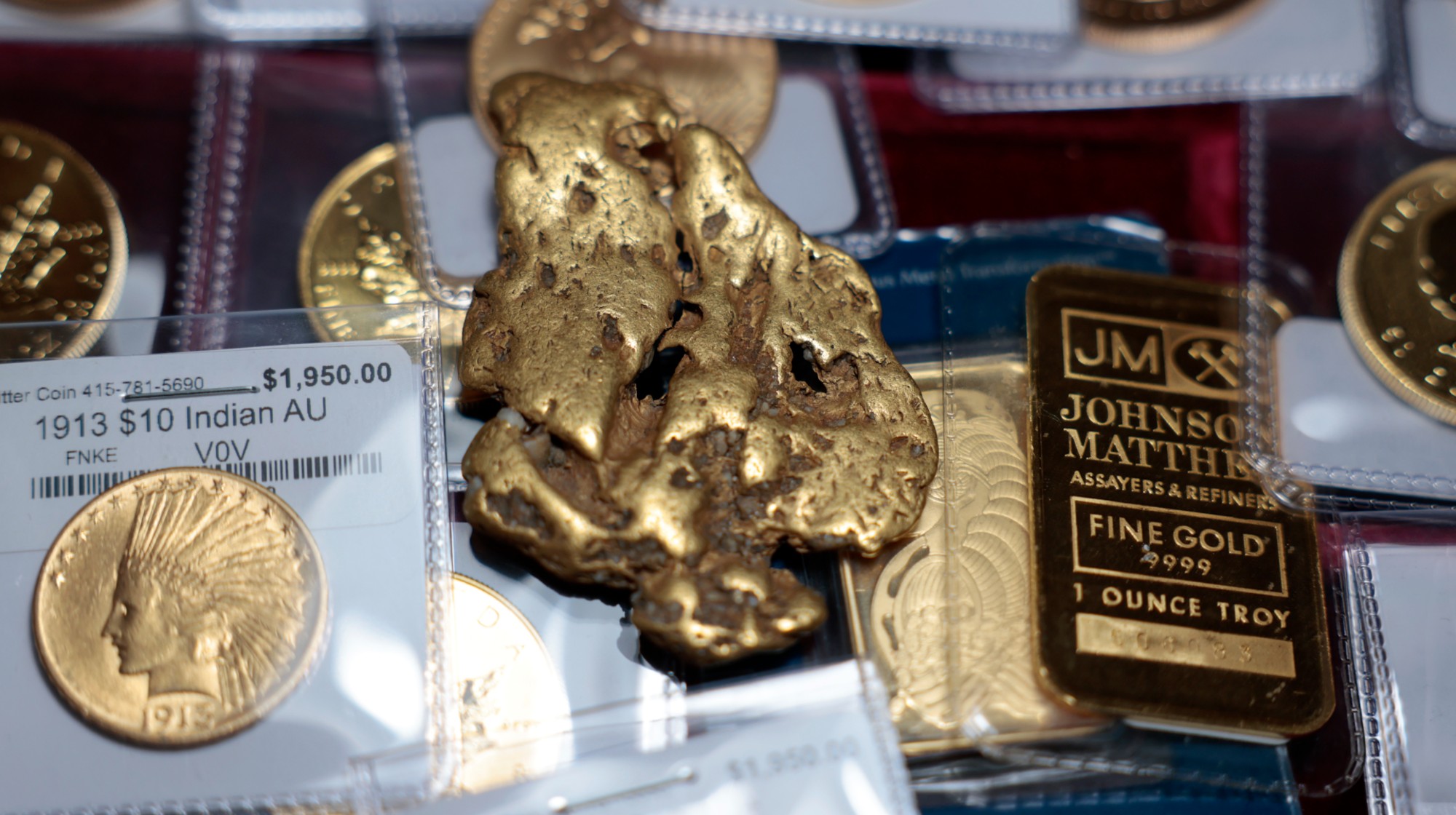 Gold tops $4K per ounce, signaling financial unease
Gold tops $4K per ounce, signaling financial uneaseSpeed Read Investors are worried about President Donald Trump’s trade war
-
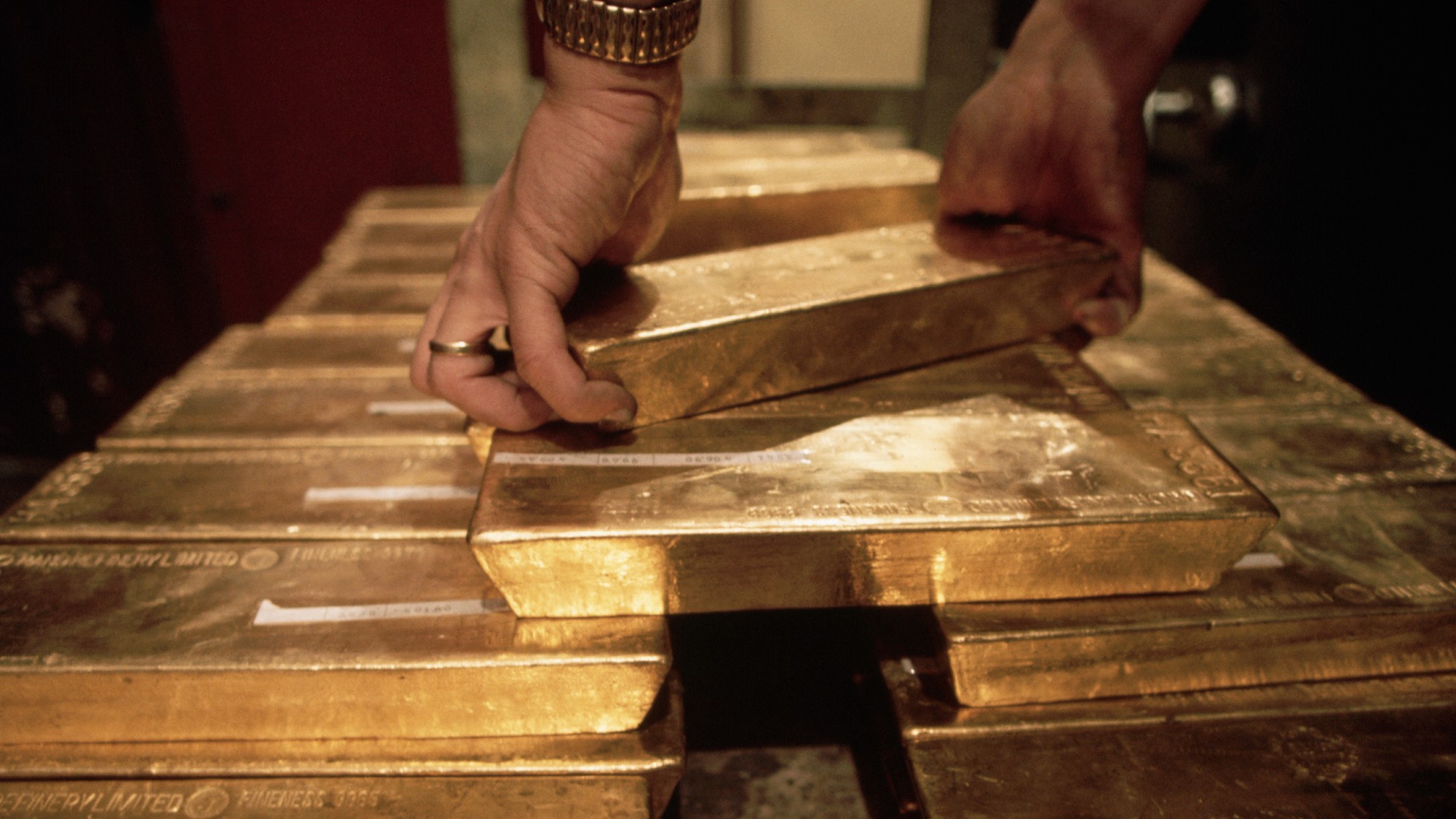 Safe harbor: Gold rises as stocks sink
Safe harbor: Gold rises as stocks sinkfeature It's a golden age for goldbugs
-
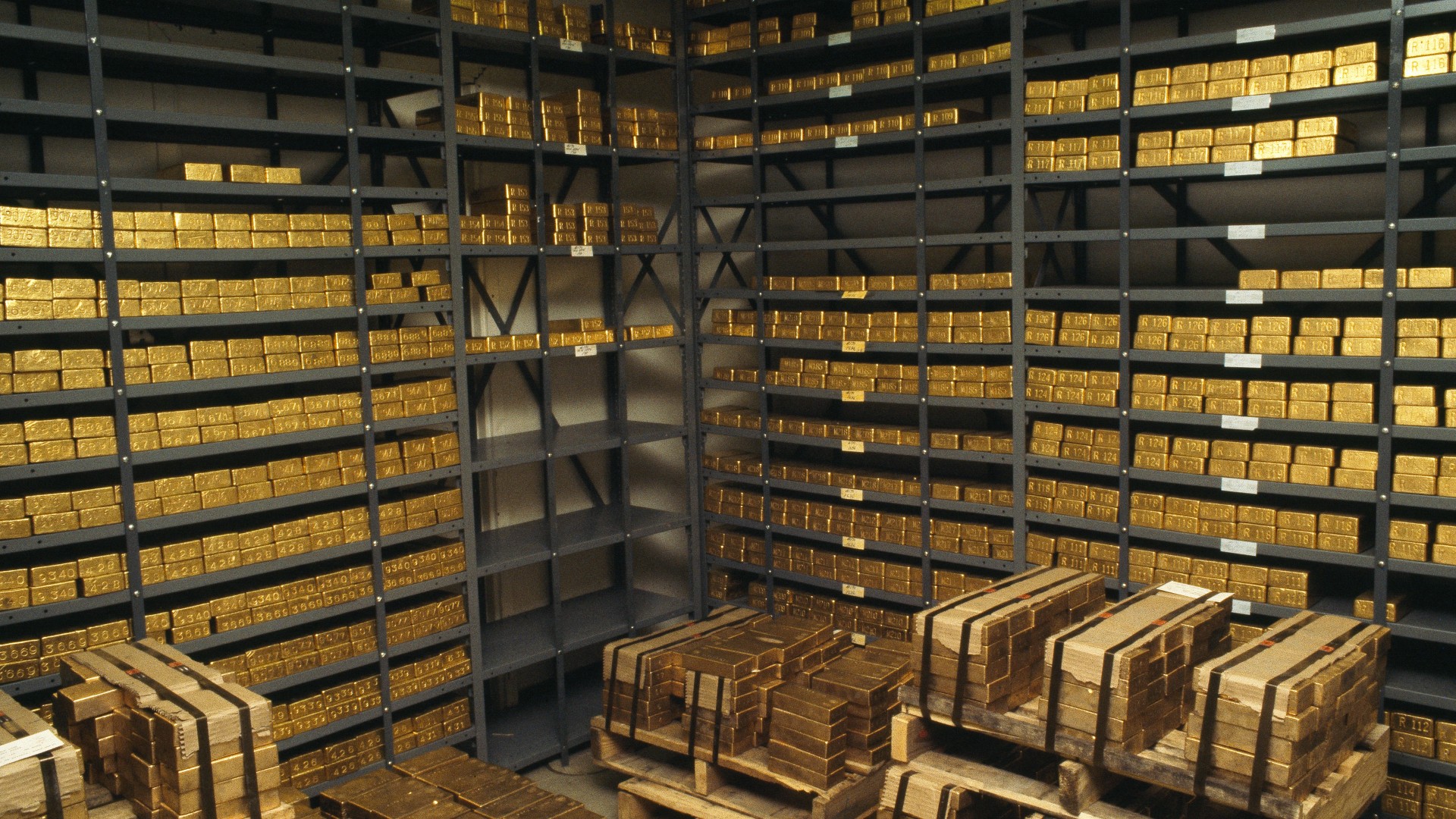 What rising gold prices can tell us about the economy in 2024
What rising gold prices can tell us about the economy in 2024The Explainer Market hits all-time high, boosted by a weakening US dollar and rising global tensions
-
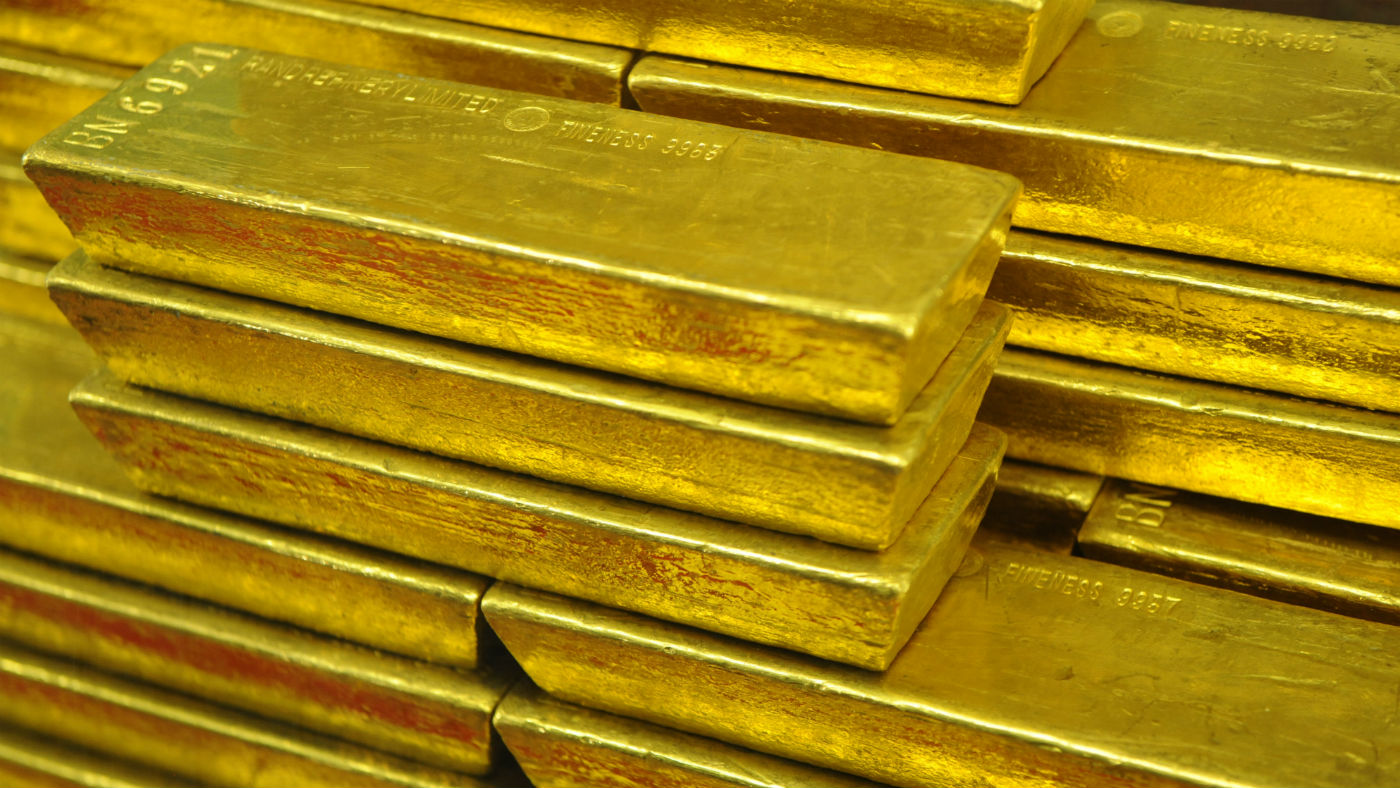 Gold’s ‘flash crash’: what the experts think
Gold’s ‘flash crash’: what the experts thinkfeature Bad news, good news and a loss of faith
-
 What is the price of gold and when is best to buy?
What is the price of gold and when is best to buy?Speed Read Economic and geopolitical uncertainty traditionally drives investors to reliable metal markets


